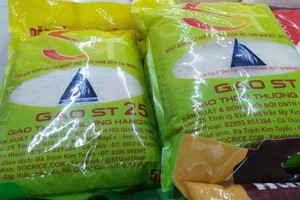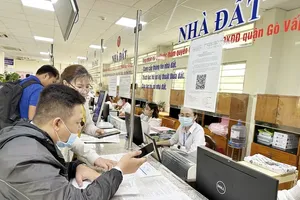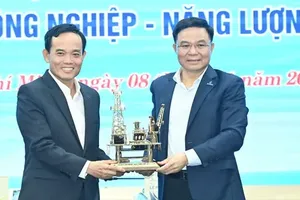
Vietnam National Textile and Garment Group (Vinatex) convened a thematic seminar to assess export and production trends amid ongoing uncertainty surrounding US tariff policies and unresolved trade negotiations on May 14.
According to Vinatex, total export turnover for the sector reached nearly $13.9 billion in the first four months of the year, an 11 percent increase year-on-year. April alone posted $3.64 billion in export value, up 15 percent from the same period last year.
The export boom has been driven by strong demand from key markets such as the US, Japan, and Europe. However, shipments to China have continued to decline due to weakening demand for yarn imports, which have been affected by the lingering trade tensions between Beijing and Washington.
Looking ahead, Vinatex forecasts a stable flow of orders through the third quarter of 2025, as US retailers are operating with historically low inventory levels—many brands reportedly hold only six to eight weeks’ worth of goods. Nonetheless, a contraction of up to 10 percent is anticipated in the fourth quarter, owing to softer US consumer spending.
Adding to the challenges, Vietnam officially implemented an electricity price hike on May 10, pushing up production costs across the sector. This is particularly concerning for yarn producers, which are heavily reliant on energy-intensive operations.
A further source of risk lies in the stalled tariff negotiations with the US. While several countries have reached agreements with the Trump administration, Vietnam—alongside South Korea and Japan—remains in ongoing talks. The lack of clarity on future tariff structures continues to cast a shadow over the industry’s outlook for the second half of the year.
Vinatex Chairman Le Tien Truong urged enterprises within the group to seize the current window of favorable conditions to maximize profits in the first half of 2025, with a goal of fulfilling two-thirds of the annual business targets. He also emphasized the need to strengthen supply chain integration and prioritize the use of domestically sourced raw materials as a proactive strategy to mitigate risks tied to tariff fluctuations and rising production costs later in the year.
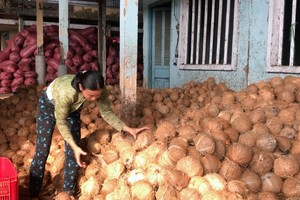

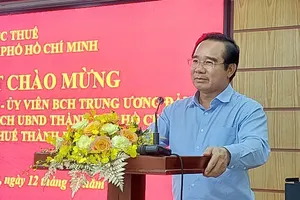

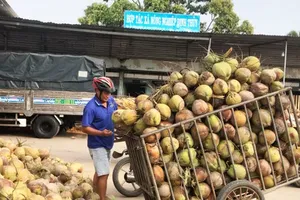
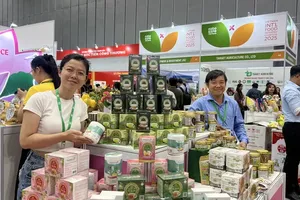






)

)
